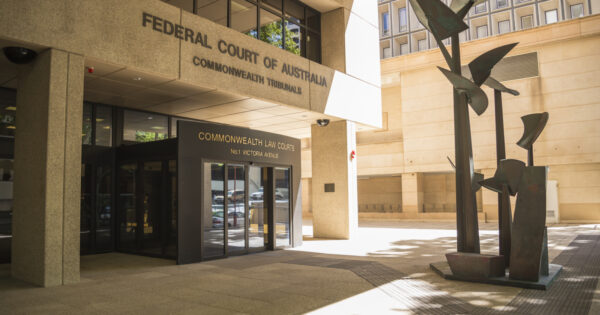Wealth inequality ‘blows out’ over last 20 years

Australia’s wealth gap has increased dramatically over the last 20 years, new research has revealed, with the average wealth of the highest 20% growing at four times the rate of the lowest wealth holders, driven by skyrocketing property values and super balances.
The latest by the Australian Council of Social Services (ACOSS) and the University of NSW (UNSW) – Poverty and Inequality Partnership Inequality in Australia 2023: Overview – found that, over the two decades between 2003 to 2022, the average wealth of the highest 20% rose by 82%.
The highest 5% saw their wealth assets grow by 86%.
However, middle- and low-income earners appear increasingly to be left behind. The middle 20% saw their wealth increase by 61% over this 20-year period, while the lowest 20% saw just a 20% increase.
Distribution of wealth is also highly unequal. The wealthiest 20%, for instance, were found to hold an average of $3,240,000 in assets – six times the wealth of the middle 20% ($588,000) and 90 times that of the lowest 20% ($36,000).
While Australia ranks fourth-highest in the world in terms of average household wealth, much of this wealth is locked up in property.
The report also found that growth in superannuation assets, which rose by 155% over this 20-year period, also contributed significantly to the overall increase in wealth inequality.
Indeed, “contrary to the image of the ‘mum and dad investor’”, the report said, the highest 20% by wealth holds 82% of the value of all investment property and 78% of all shares and financial investments.
Income inequality has also increased, the report found – although more modestly than overall wealth.
The average incomes of the highest 5% grew faster (by 59% overall) than those of the middle 20% (up by 41%) and lowest 20% (46%) during this period.
In the pre-Covid 2019-20 period, the report noted that the highest 20% of households had average incomes of $4,306 per week after tax – five times the income of the lowest 20% ($794).
Meanwhile, the highest 5% ($6,495) of income earners had eight times the income of the lowest 20%.
However, during the Covid period, these figures – at least temporarily – were to some degree flipped, with lowest 20% of income earners seeing the biggest jump in their pay packets, largely due to the introduction of Covid income supports.
In 2020-21, the average income of the lowest 20% income group grew by 5.3% compared with 2% for the middle 20% and 2.4% for the highest 20%.
However, during 2021-22, the study found that the removal of these income supports largely reversed those trends, restoring income inequality close to pre-Covid levels.
In response to the study’s overall figures, ACOSS chief executive Dr Cassandra Goldie said Australia’s governments can play a key role in “[reversing the] tide” of wealth inequality by directly addressing housing and superannuation policies that “disproportionately benefit those with the most”.
She added that the pandemic response “highlights the profound impact of government policy on income inequality in our society. Sadly, it was a story of two steps forward, and two steps back when the increased payments were withdrawn and income inequality returned to close to pre-pandemic levels”.
“Left unchecked, growing wealth inequality threatens to exacerbate and entrench generational, spatial and social divisions in our community”.
Scientia Professor Carla Treloar at the UNSW’s Social Policy Research Centre backed Goldie’s sentiments, stating that a permanent increase in income support payments would serve to “reduce income inequality”.












Well, This is not a surprise. Kick the can down the road. Bigger Fish with Bigger Cheques are more important.…
Confirmation of market manipulation and hybrid Ponzi scheme showing true colours! Now they are “encouraged” “they not have too” have…
Just another example of where retail funds do something wrong, reimburse and compensate clients but are are still forced to…
Of course there is almost zero action from APRA against HESTA / ISA. What about the Industry Super trustees that…
I've personally found that when insurers increase a premium by over 40% the client is willing to discuss reviewing their…